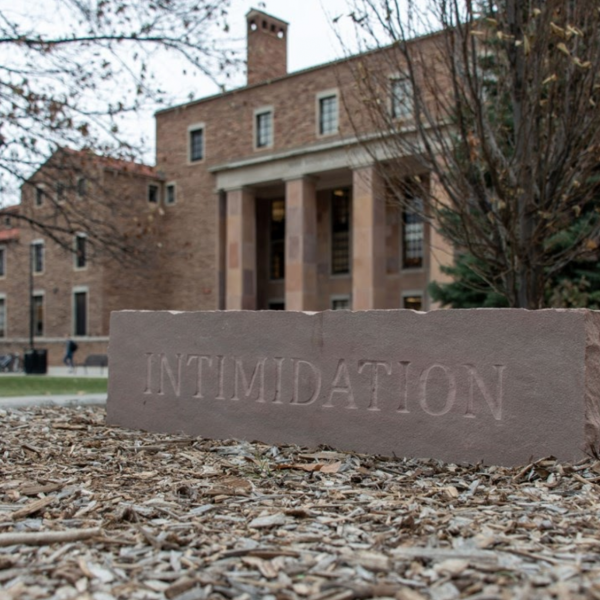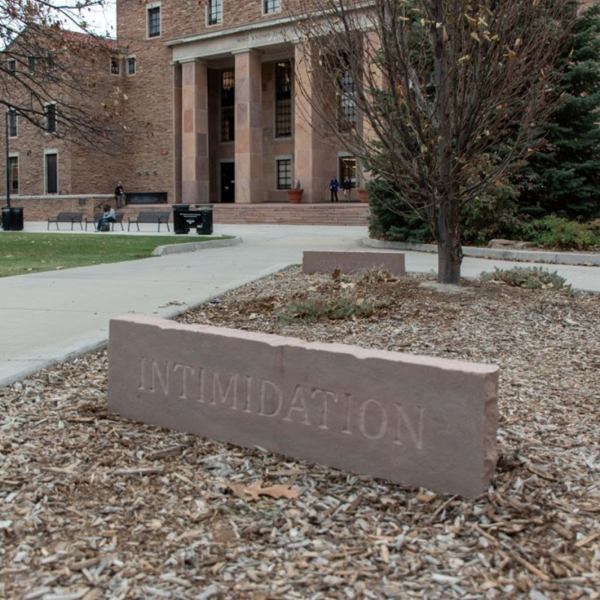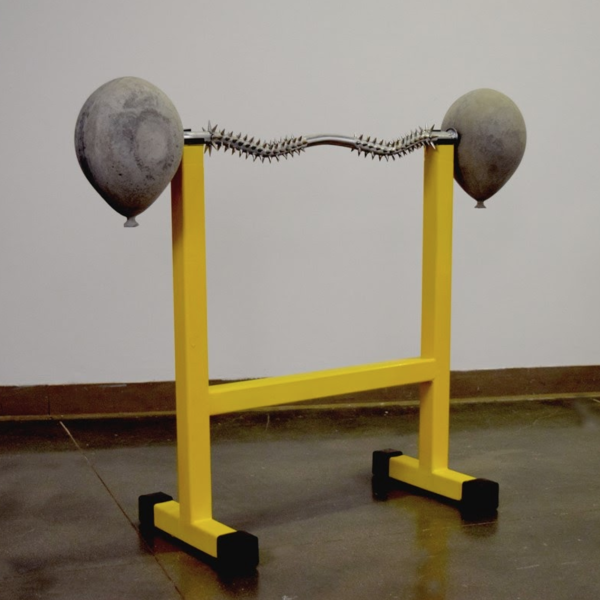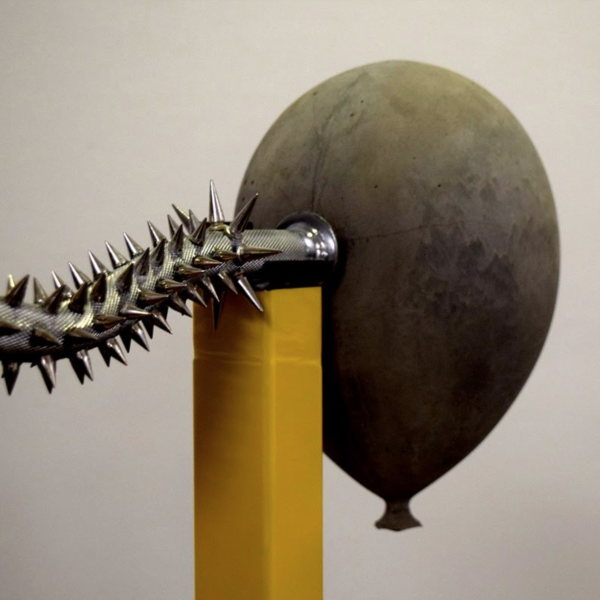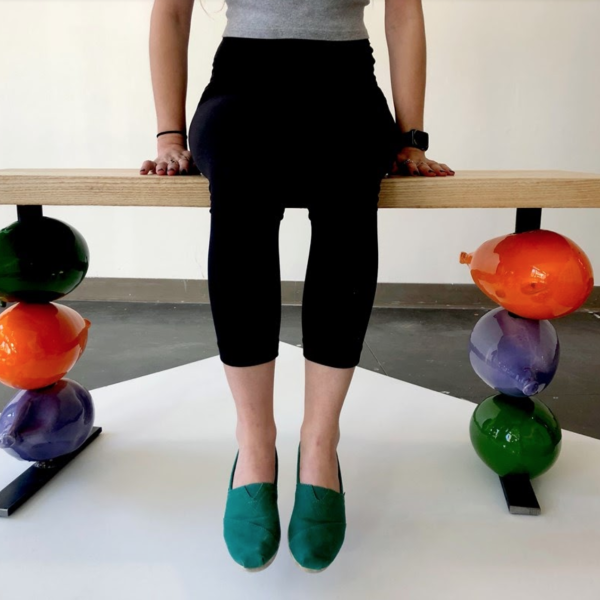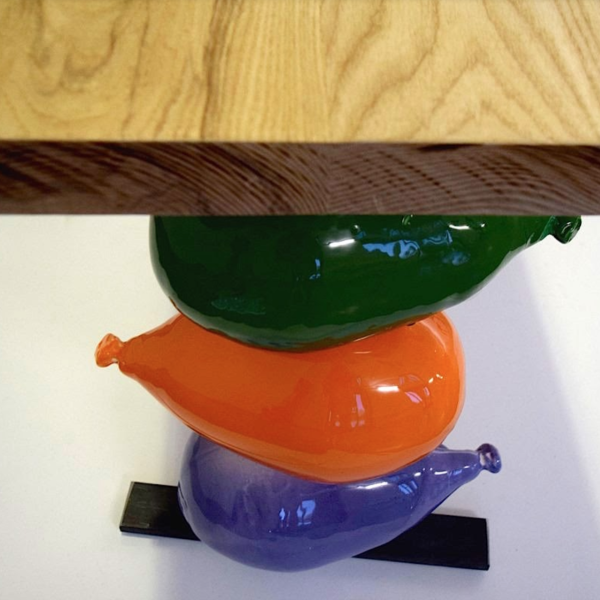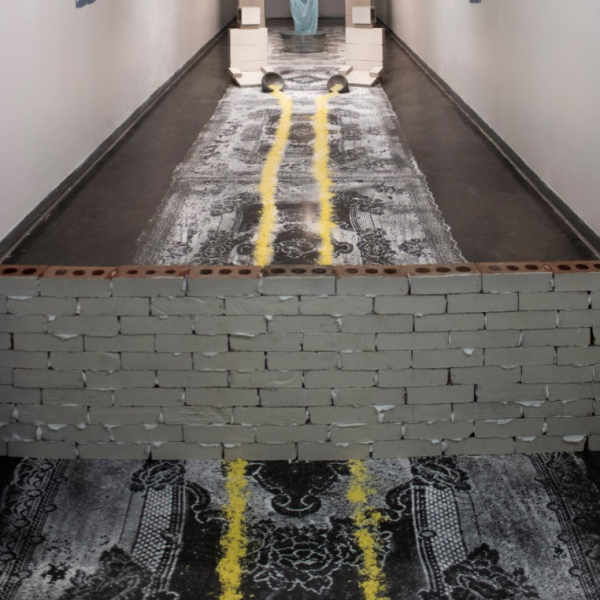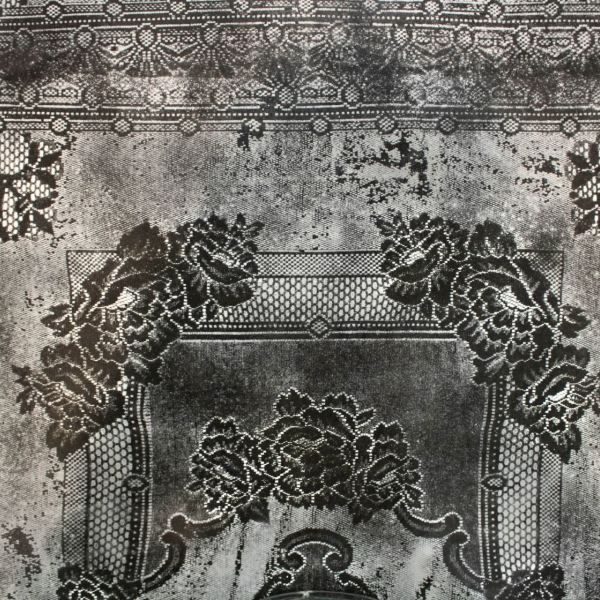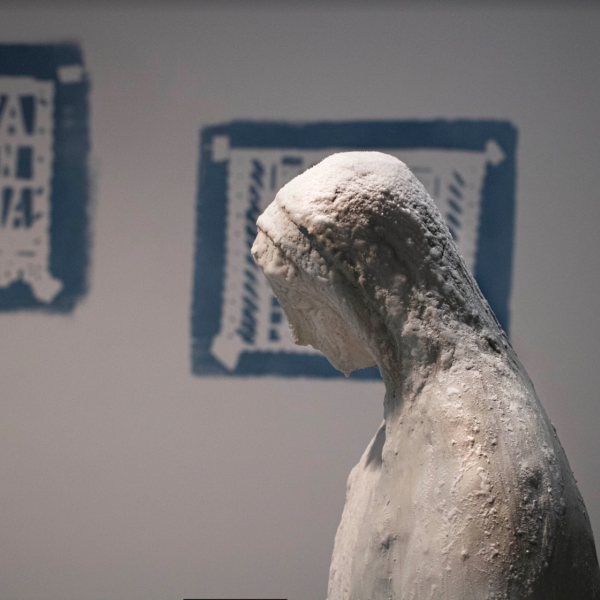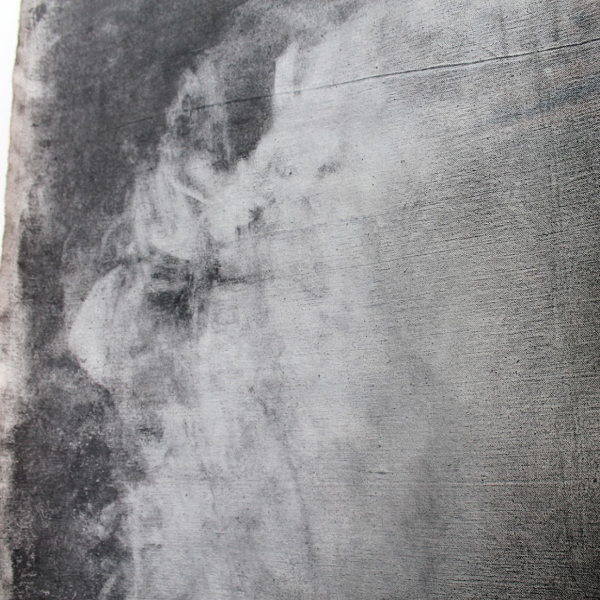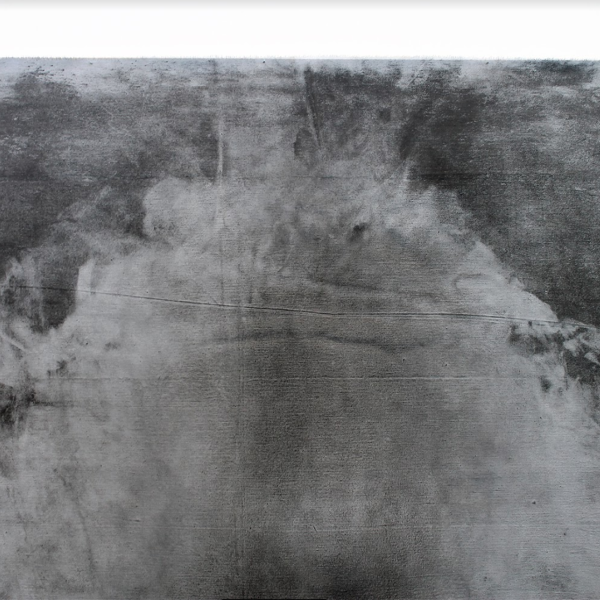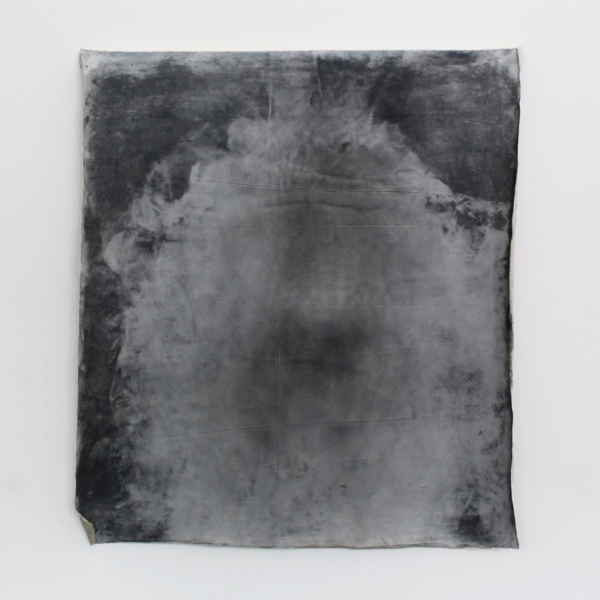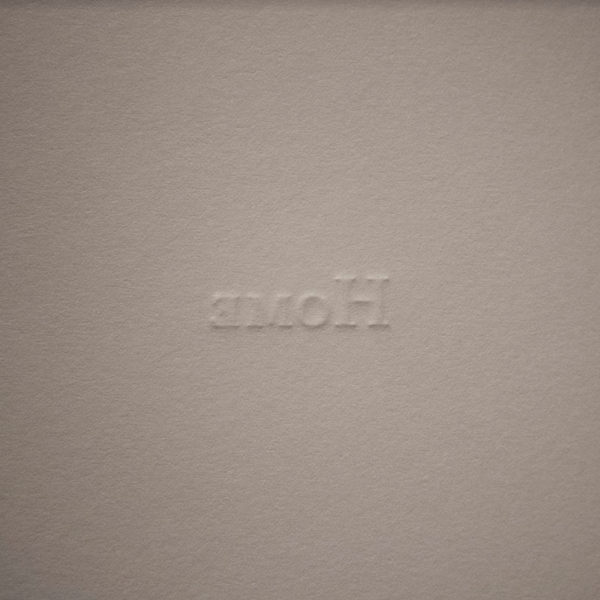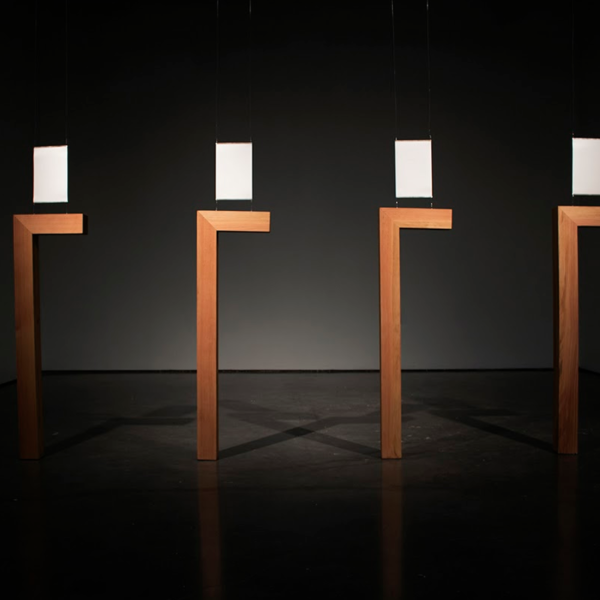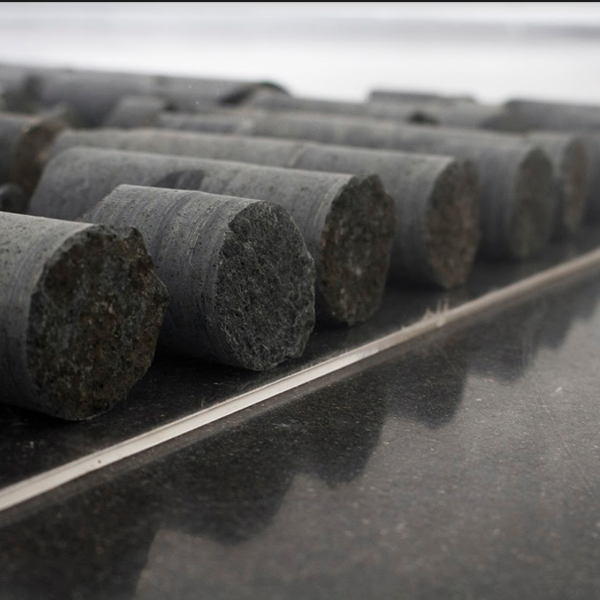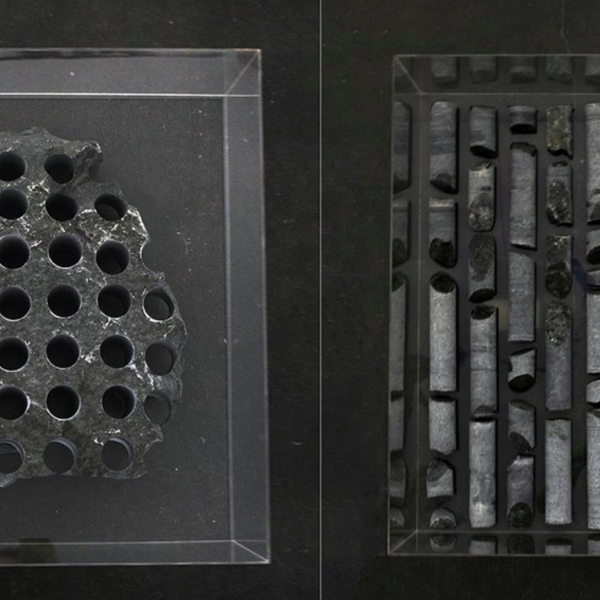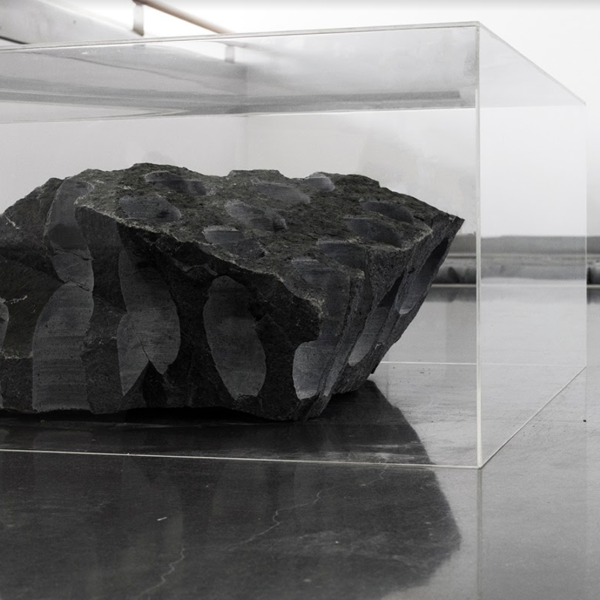Undergraduate award finalists
Corey Erickson
Grace Groves
Javier Padilla-Gonzalez
Sara St. Clair
Aidan Welby
Split Estate, Granite from public land, acrylic boxes 2019
Public land use is divided. There are those who value its wilderness, and those who desire its value. The Bureau of Land Management defends a need to balance these competing goals: mineral production and environmental protection. This balance encourages commercialized prospecting— industrialized coring of the landscape to locate rare minerals for later extraction— while simultaneously highlighting attempts to maintain wild land. Split Estate offers this story of division, examining the relationship between production and preservation in an effort to equate that which lies broken with that which remains complete.
The Great Divide, Words from the Homestead Act and homesteader diaries, fine silver, douglas fir 2019
Four white pages—trimmed in silver and stretched by parallel lines of steel— form a curtain which bisects a space, dividing here from there. Words sourced from US Government documents and personal journals from travelers are embossed on opposing sides of each sheet; framing the divergent narratives as a pair of words to speak for each singular idea.


